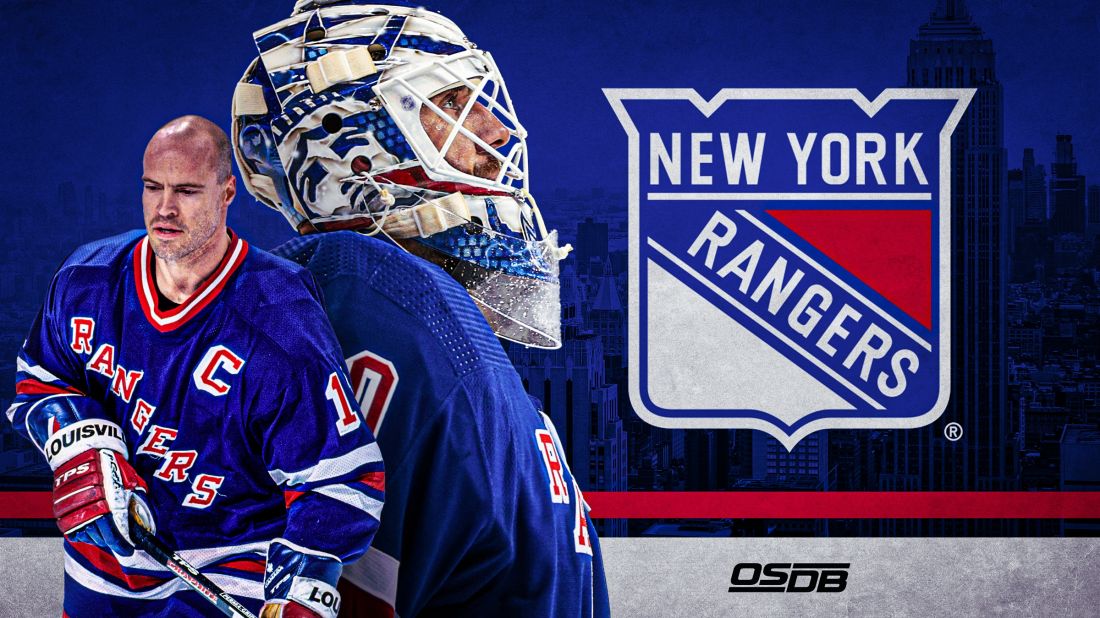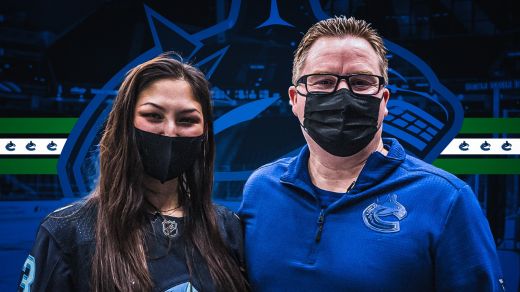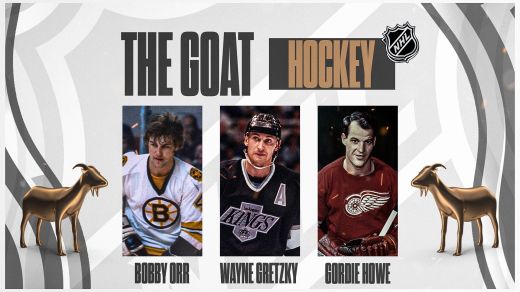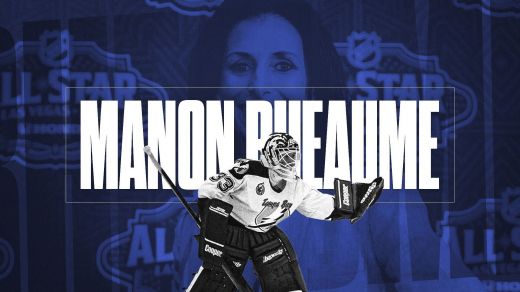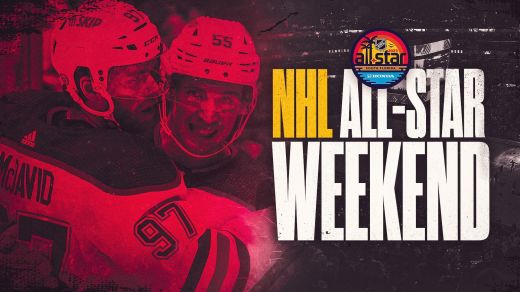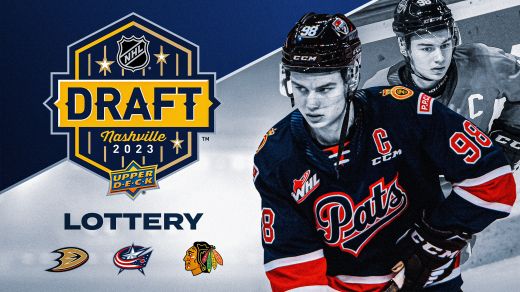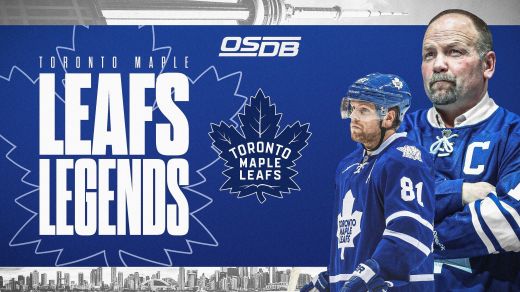It was midway through the afternoon of July 1, and on a conference call Chris Drury was in the midst of his State-Of-The-New-York-Rangers Address.
The National Hockey League New York City Original Six franchise’s general manager had reconstructed the star-laden team with the signings of goaltender Jonathan Quick, defenseman Erik Gustafsson, and forwards Blake Wheeler, Nick Bonino, and Tyler Pitlick, amongst others. The signings occurred a few weeks after Drury announced Peter Laviolette was hired to be the 37th head coach in franchise history.
A few months earlier, Drury had watched his flashy, skill-heavy team be outclassed by the younger, faster Devils in a seven-game series. The Rangers had won the first two games, then dropped four of the next five, having their flaws exposed in the process, leading to the firing of then-head coach Gerard Gallant.
“Before we even hired Peter, in exit meetings and follow-up conversations and follow-up meetings, the players want that, too,” Drury said in response to a question about the need to add grit. “[There] seemed to be a common theme around the rink and around the gym and when I talked to players, having a chip on the shoulder this summer and probably not unlike what Kelly McCrimmon [had] said about [the Vegas] team last summer prior to this season. That’s the kind of attitude and things we want for our players and looking forward to taking the ice.”
For a franchise whose history is replete with splashy, big-money signings, Drury’s acquisitions of the first day of NHL free agency were decidedly cost-conscious and conservative. But the stated organizational goal is to win a Cup, not to win a news cycle.
As such, Drury was satisfied with the addition of quality, experienced depth, and believed the Rangers had improved.
“Certainly, I’m biased–it was my life’s dream to be a Ranger and I think it’s a pretty special place to play–we’re fortunate the players we did sign today wanted to be here and like I said before, believe in what we’re trying to do,” Drury said. “Excited to have all of them on board.”
EXECUTIVE:
LESTER PATRICK: Conn Smythe was the first general manager in franchise history, but was fired before the team played its first ever game. Smythe was replaced by Patrick, who only built three of the team’s four Stanley Cup winners. Add two division championships and 15 playoff berths, and Patrick earns the nod over Emile Francis and Neil Smith.
COACH:
EMILE FRANCIS: How strong were the Francis Rangers? Author George Grimm published “We Did Everything But Win” in September 2017, an oral history of the Francis Era. Nicknamed “The Cat,” Francis coached the Rangers for 10 seasons, qualifying for the Stanley Cup Playoffs nine straight years. So, yes, they were successful. But why didn’t his teams win a Cup? Well, there were the small matters of the late ‘60s Canadiens, the Bobby Orr Bruins, and the Broad Street Bully Flyers.
LEFT WING:
VIC HADFIELD: One-third of the Goal-A-Game line, Hadfield scored 262 goals and 572 points in 839 games, an average of .068 points per game. Hadfield also recorded 1,036 penalty minutes in his career. Honorable Mentions: No Ranger left winger scored more goals than Adam Graves (280), who rode shotgun with Mark Messier, but his record will likely be broken during the 2023-24 season by Chris Kreider (265). What do Hadfield, Graves, and Kreider have in common? All were and are power forwards.
CENTER:
TIE BETWEEN JEAN RATELLE AND MARK MESSIER: The center of the GAG Line, Ratelle compiled 817 points (336 goals and 481 assists) in 862 games, which earned him the 1971-72 Ted Lindsay Award as the league’s Most Valuable Player as voted on by the players, and later induction into the Hockey Hall of Fame. More than his stellar play, Ratelle was nicknamed “Gentleman Jean,” for his class on-and-off the ice. Messier is more than a franchise legend simply because he was the captain of the franchise’s first Stanley Cup in 40 years. To this day, Messier’s teammates speak of him with a sense of awe and reverence.
RIGHT WING:
ROD GILBERT: “Mr. Ranger” played his entire career with the Blueshirts, and merely averaged .096 points per game in 1,065 games, a slash line of 406 goals and 615 assists for 1,021 points. Along with Ratelle and Henrik Lundqvist (more on him later), exuded class. “Rod, like Jean Ratelle, is one of the classiest men to ever put on the Ranger uniform,” Gilbert told New York Times hockey writer Allan Kreda in 2017.
DEFENSEMEN:
BRIAN LEETCH AND BRAD PARK: Leetch is only the greatest defenseman in franchise history and on the short list of best American blueliners. The Hall of Famer was the Calder Trophy winner as Rookie of the Year, a two-time Norris Trophy winner, won the 1993-94 Conn Smythe Trophy as the best player in the playoffs, and was key to the Rangers’ Cup-winning squad that same spring. Leetch’s antecedent as the greatest Ranger defenseman was Park, a seven-time All-Star who was elected to the Hall of Fame. Park compiled 378 points in 465 games with the Rangers, who shockingly traded him to the Bruins along with Joe Zanussi on Nov. 7, 1975, for Phil Esposito and Carol Vadnais.
GOALIE:
HENRIK LUNDQVIST: The heart and soul and conscience and foundation of the Rangers for 15 seasons, Lundqvist’s 459 wins is sixth-most in NHL history and his 64 shutouts rank 12th.
